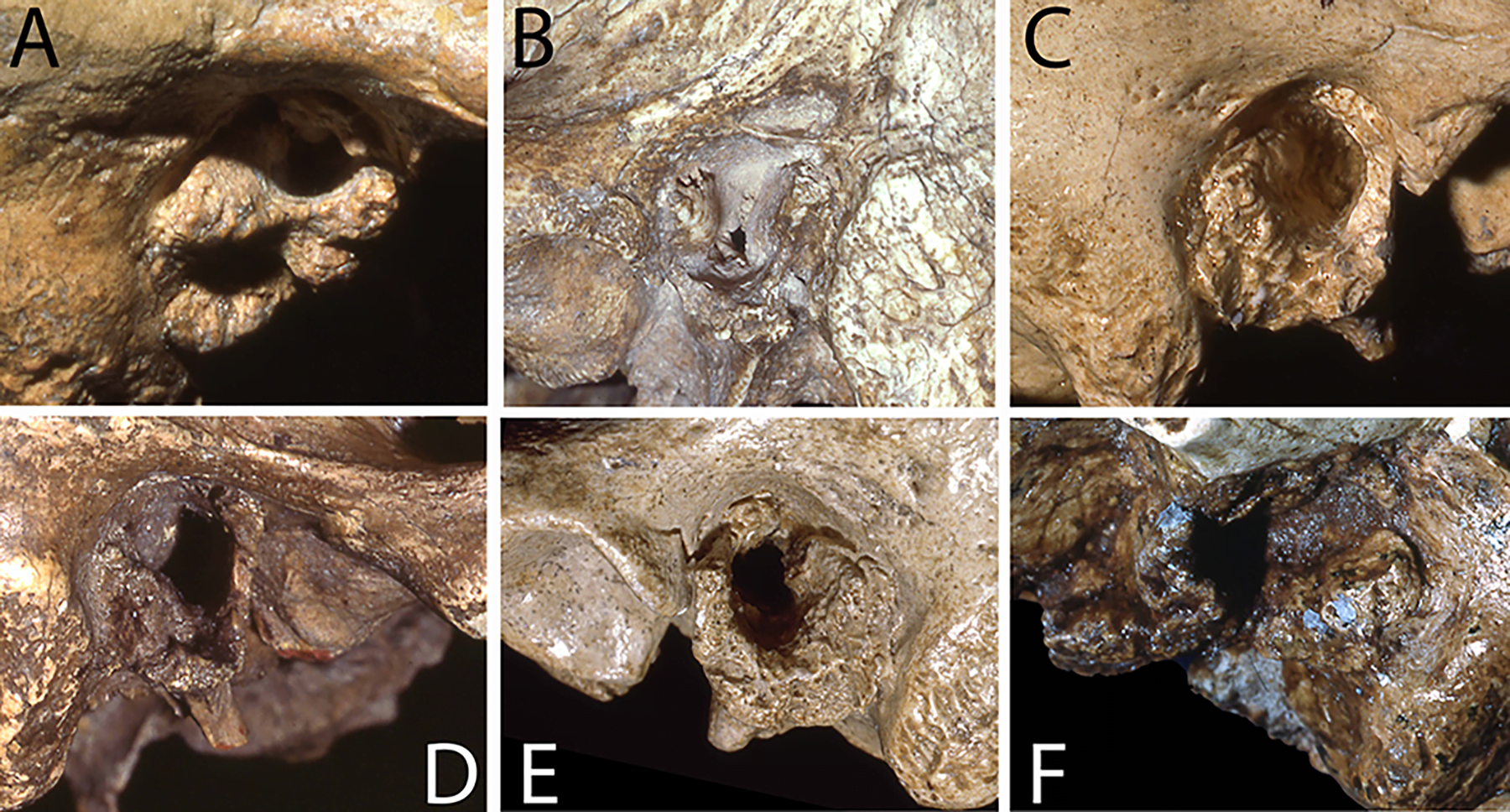Neanderthals were the relatives of ancient humans and lived alongside Denisovans and Homo sapiens. They had unique physical traits that made them different compared to modern humans. Now a group of scientists have discovered instances of swimmer’s ear in Neanderthals, which was quite common in this early human group.
A new study led by Erik Trinkaus at Washington University and his team found evidence of abnormal bone growth in the ears of Neanderthals. This commonly-found trait was detailed in the journal PLOS ONE on Aug. 14, 2019.
The study focuses on the bony growths inside the ears known as external auditory exostoses, that extend into the ear canal. This trait is also present in modern humans’ ears and is often called “swimmer’s ear.”
The condition is associated with repeated exposure to cold water or chilly air, suggesting that Neanderthals commonly lived in colder environments. Nevertheless, scientists noted that this condition may also come from a genetic predisposition. Swimmer’s ear was also discovered in early humans, but not much research was done to show how this condition affected the lifestyle of those diagnosed with it.
For the purpose of the study, Trinkaus and his team studied the well-preserved ear canals of 77 ancient humans, also noting swimmer’s ear in Neanderthals and early modern humans that lived during the Middle to Late Pleistocene period in western Eurasia.
The scientists found that swimmer’s ear was about as common in early modern humans as well as modern humans today, but that the condition was much more common in Neanderthals. The team examined 23 Neanderthal ear canals, finding that there were nearly twice as many exostoses cases, varying from mild to severe, compared to any other early human population previously studied.
While scientists don’t yet have a definite explanation about the frequency of swimmer’s ear in Neanderthals, they suggest that it’s because Neanderthals looked for food resources in aquatic environments. However, the incidence of swimmer’s ear in Neanderthals is similar whether they lived close to ancient water sources and cooler climates, or not. The team suggests that Neanderthals also had genetic predisposition from their ancestors to get the swimmer’s ear condition.
“An exceptionally high frequency of external auditory exostoses (bony growths in the ear canal; “swimmer’s ear”) among the Neandertals, and a more modest level among high latitude earlier Upper Paleolithic modern humans, indicate a higher frequency of aquatic resource exploitation among both groups of humans than is suggested by the archeological record. In particular, it reinforces the foraging abilities and resource diversity of the Neandertals,” Trinkaus said in a statement.





